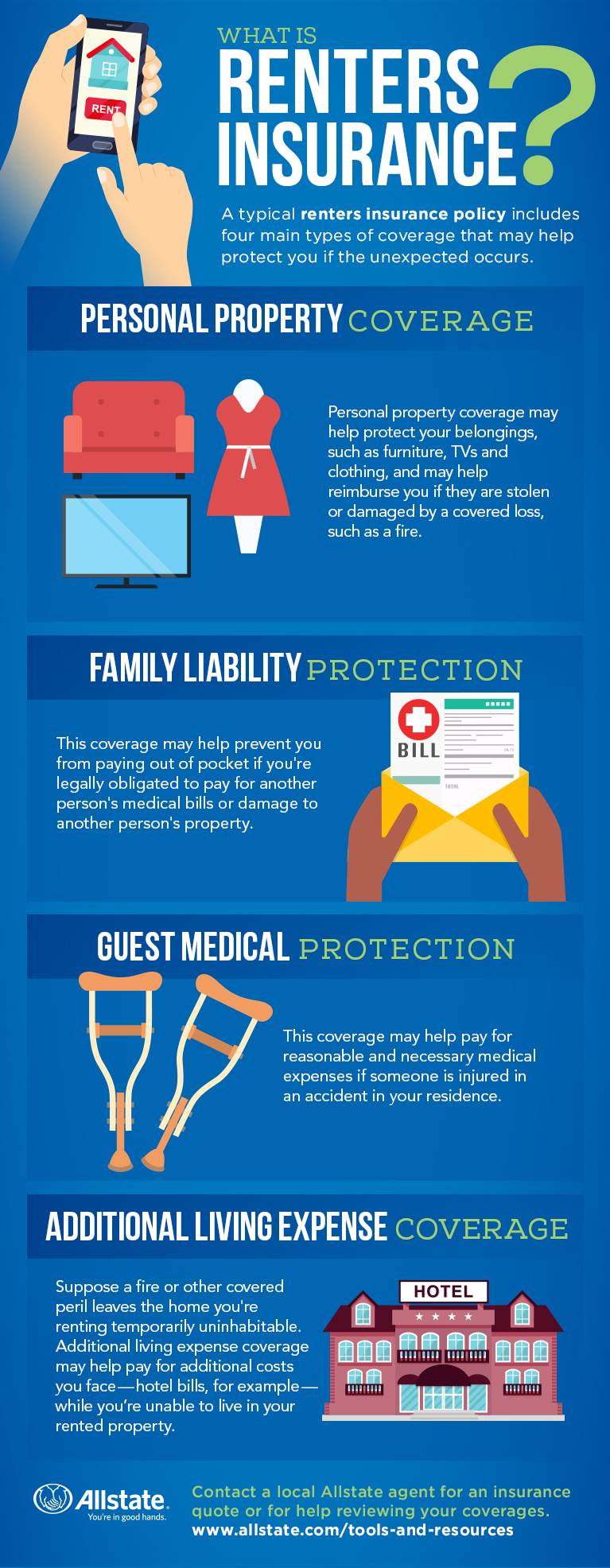As a rental property owner, you’re not just a landlord – you’re a business owner. And like any business, you need to protect your assets from potential risks and losses. One of the most effective ways to do this is by investing in rental property insurance. But what exactly does this type of insurance cover, and how can you make sure you’re getting the right policy for your needs?

First and foremost, it’s essential to understand that typical homeowners insurance policies don’t cover rental properties. That’s because these types of properties come with unique risks, such as tenant damage and liability. Rental property insurance, on the other hand, is specifically designed to address these concerns.
There are several types of rental property insurance, each with its own level of coverage. Here are a few options to consider:
- Dwelling coverage: This type of insurance covers damage to the physical structure of your rental property, including the building itself, as well as any permanent fixtures like flooring and lighting.
- Personal property coverage: If you’re renting out a furnished property, you’ll want to consider personal property coverage. This type of insurance protects the contents of your rental property, such as furniture and appliances.
- Liability coverage: As a landlord, you can be held responsible if a tenant or guest is injured on your property. Liability coverage protects you in the event of a lawsuit.
- Loss of rental income coverage: If your rental property becomes uninhabitable due to damage or another issue, this type of insurance can help replace lost rental income.
In addition to these types of coverage, you may also want to consider additional riders to your policy. For example, you may want to add flood insurance if you live in an area prone to flooding.
When shopping for rental property insurance, it’s essential to work with a reputable insurance provider. Here are a few tips to keep in mind:
- Read reviews: Check out online reviews from other customers to get a sense of the insurance provider’s reputation.
- Ask about discounts: Many insurance providers offer discounts for things like multiple properties or long-term policies.
- Get multiple quotes: Don’t settle for the first policy you come across. Get quotes from several different providers to compare rates and coverage.
How to save money on rental property insurance:
While rental property insurance can be a significant expense, there are several ways to save money. Here are a few tips:
- Raise your deductible: By raising your deductible, you can lower your premiums. Just make sure you can afford to pay the deductible if you need to file a claim.
- Install safety features: Installing safety features like security cameras and smoke detectors can help lower your premiums.
- Improve your property: Keeping your property well-maintained can help reduce the risk of damage or liability claims.
In conclusion, rental property insurance is a must-have for any landlord. By understanding the different types of coverage and working with a reputable insurance provider, you can protect your assets and minimize your risk. Don’t wait until it’s too late – invest in rental property insurance today.




